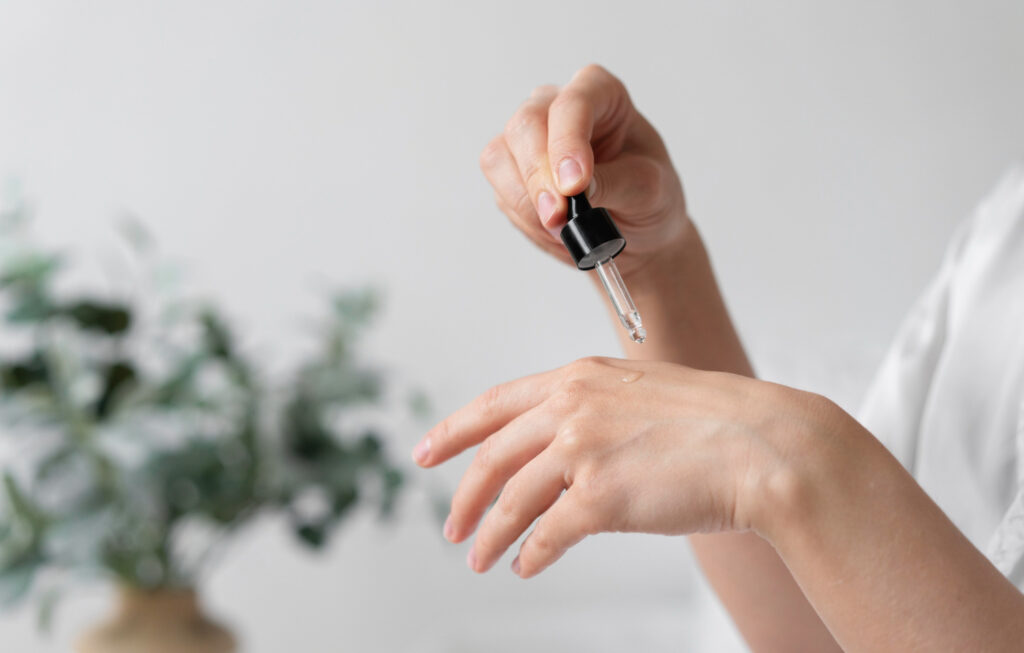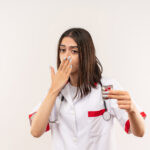
In this article
Warts are non-cancerous skin growths caused by the human papillomavirus (HPV), affecting individuals of all ages. While some warts disappear on their own, others may require removal. This guide covers various wart removal methods, from medications to home remedies, and provides insights on how to identify different types of warts.
How to Identify a Wart
Warts typically appear as small, rough growths on the skin and can be the same color as your skin tone or slightly darker. They can occur individually or in clusters and may appear anywhere on the body, including hands, feet, face, and genitals.
Types of Warts
- Plantar Warts: Found on the soles of the feet, often causing tenderness.
- Common Warts: Rough, scaly warts that appear on hands, around nails, fingers, and feet.
- Flat Warts: Small, smooth warts on the face, hands, and lower arms.
- Mosaic Warts: White-colored growths on the balls of the feet or under toes.
- Filiform Warts: Spiky, thread-like warts on the face or neck.
- Genital Warts: Small, hard nodules affecting the genitals, typically transmitted through sexual contact.
Common Wart Removal Methods
While many warts go away on their own within two years, various treatments can expedite their removal. Consulting a dermatologist is advisable to determine the best approach based on the type, location, and severity of the wart.
Salicylic Acid
Salicylic acid is an over-the-counter treatment applied directly to the wart. Consistent application over several weeks is required for effective removal. Products include:
- Compound W or Dr. Scholl’s (17% salicylic acid)
- Plantar wart removal solutions (40% salicylic acid)
- Corn removal pads (40% salicylic acid)
Imiquimod Cream
Zyclara (imiquimod) is a prescription cream that stimulates the immune system, primarily used for genital or anal warts. Apply a thin layer to the wart once daily, three times per week, for several weeks to months.
Podophyllin Topical Solution
Used for genital warts, this prescription treatment involves applying the solution directly to the wart. Regular application over several weeks is necessary, with potential side effects including headaches, nausea, and diarrhea.
Cryotherapy
In-office treatment where the dermatologist freezes the wart with liquid nitrogen, causing it to blister and fall off. Multiple sessions may be needed, with temporary discomfort and skin blistering as possible side effects.
Laser Removal
This method uses focused lasers to destroy wart tissue. Multiple sessions might be required, with possible side effects including discomfort, redness, and scarring.
Immunotherapy
Involves injecting interferon into the wart to boost the immune response against HPV. Multiple sessions are often required, with discomfort at the injection site and potential allergic reactions.
Electrosurgery
Burns the wart using an electrical charge through a needle. Combined with curettage to scrape off remaining wart tissue, this is suitable for common, foot, or filiform warts.
Duct Tape Occlusion Therapy
A home remedy where a piece of duct tape is applied to the wart for 4-7 days. After removal, the area is cleaned and dead skin is removed with an emery board. The process is repeated for 4-6 weeks. Although evidence is limited, this method is considered safe.
Apple Cider Vinegar
Some suggest using apple cider vinegar similarly to salicylic acid. Apply it directly to the wart with a cotton ball once daily for several days or weeks. Consult your healthcare provider before using this method.
How to Prevent Warts
Preventing warts involves minimizing contact with the HPV virus:
- Discuss vaccines with your healthcare provider to reduce the risk of genital warts.
- Avoid direct contact with others’ warts.
- Wash hands thoroughly after touching a wart.
- Wear flip-flops in communal showers and around pools.
- Use condoms or dental dams during sexual activity to prevent genital wart transmission.
When to Contact a Healthcare Provider
Seek professional advice if you:
- Notice signs of infection like pus, discharge, or bleeding.
- Observe changes in the wart’s appearance or color.
- Experience pain or discomfort from the wart.
- Develop warts on your genitals or anus.
- Wish to have the wart professionally removed.
This guide aims to enhance your understanding of warts and their treatment, providing thorough, accurate, and engaging information. Consult a dermatologist to determine the best removal method for your specific situation
A Quick Review
Learn how to identify and remove warts effectively with this comprehensive guide. Discover various treatments including salicylic acid, cryotherapy, and home remedies like duct tape occlusion. Understand the different types of warts and how to prevent them from recurring
FAQS
What causes warts?
Warts are caused by the human papillomavirus (HPV), which infects the top layer of skin.
Can warts go away on their own?
Yes, many warts can disappear without treatment within two years.
What is the best over-the-counter treatment for warts?
Salicylic acid is commonly recommended for treating warts at home.












